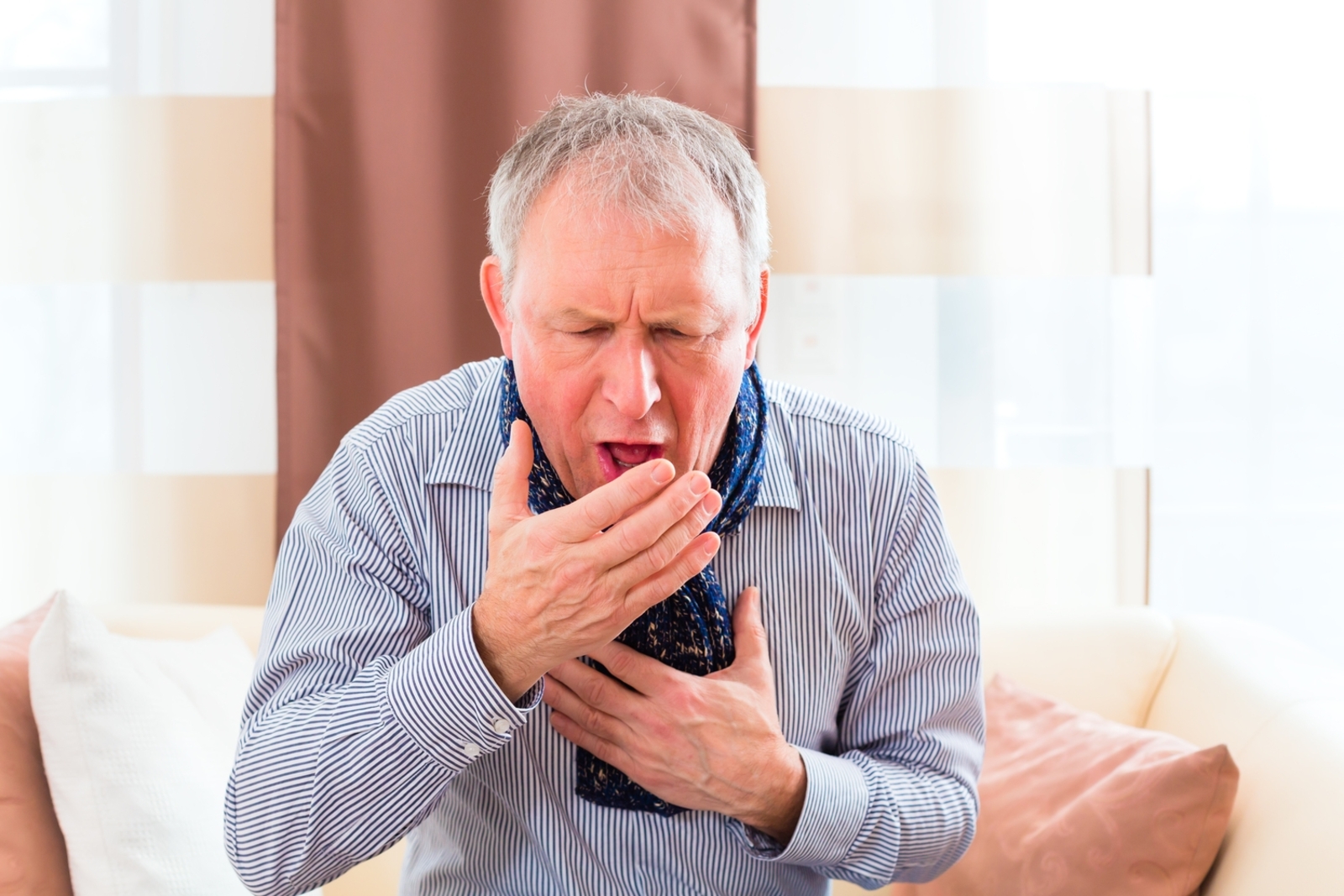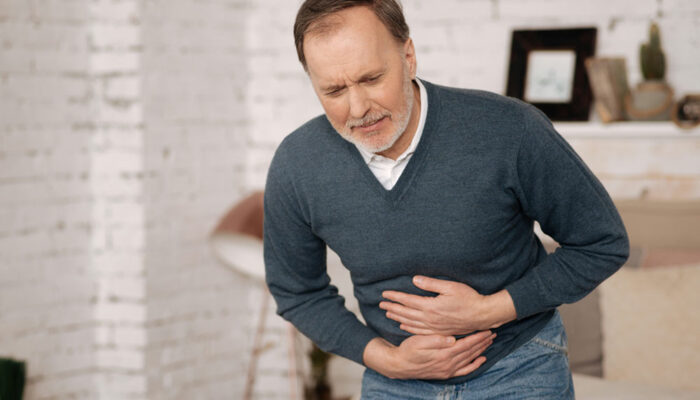
The 4 Stages of Copd and There Symptoms
Living with COPD can be challenging, but understanding the condition can help manage it better. COPD, or Chronic Obstructive Pulmonary Disease, is a progressive lung disease that makes breathing difficult. The condition includes emphysema and chronic bronchitis, and it progresses through various stages. Knowing the copd stages and recognizing copd symptoms early can significantly improve the quality of life. Let’s explore the four stages of COPD and what each entails.
- Mild COPD
The first stage of COPD is often mild and may not be immediately noticeable. Many individuals mistake the symptoms for a common cold or aging. During this stage, the airways begin to narrow, and lung function starts to decline. The most common copd symptoms at this stage include a persistent cough and increased mucus production. Shortness of breath may occur during physical activity, but it’s often manageable. Regular check-ups with a healthcare provider are essential to catch COPD early and begin treatment to slow its progression.
- Moderate COPD
As COPD progresses to the moderate stage, symptoms become more noticeable and may start to interfere with daily activities. Shortness of breath becomes more frequent, and the persistent cough worsens. Individuals may experience wheezing and tightness in the chest, especially during physical exertion. At this stage, it’s crucial to consult with a healthcare professional to discuss treatment options. Pulmonary rehabilitation, medications, and lifestyle changes, such as quitting smoking, can help manage symptoms and improve lung function.
- Severe COPD
In the severe stage of COPD, lung function has significantly declined, and symptoms become more debilitating. Shortness of breath may occur even during rest, and activities like walking or climbing stairs become challenging. Frequent exacerbations, or flare-ups, are common, leading to hospital visits. At this stage, individuals may also experience fatigue, difficulty sleeping, and weight loss. It’s vital to work closely with healthcare providers to manage symptoms, prevent complications, and maintain the best possible quality of life. Oxygen therapy may be introduced to help with breathing difficulties.
- Very severe COPD
The final stage of COPD is very severe, and it significantly impacts daily life. Lung function is severely compromised, and breathing becomes extremely difficult. Individuals may require continuous oxygen therapy and find it challenging to perform even simple tasks. The risk of respiratory infections and other complications is high, making regular medical care essential. Despite the challenges, there are ways to manage symptoms and improve comfort. Palliative care and support from healthcare professionals, family, and friends can provide relief and enhance quality of life.
Understanding the stages of COPD and their symptoms is crucial for effective management of the disease. Early detection and intervention can slow the progression and improve outcomes. Regular consultations with healthcare providers, adhering to prescribed treatments, and making lifestyle changes can significantly enhance the quality of life for those living with COPD. While the journey with COPD can be tough, knowledge and proactive management make it possible to navigate each stage with confidence and resilience.



